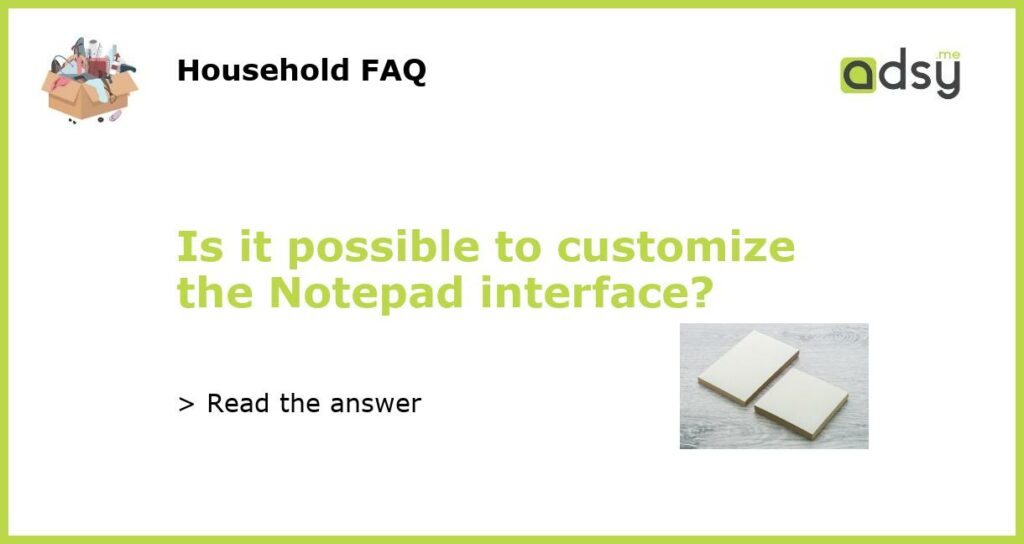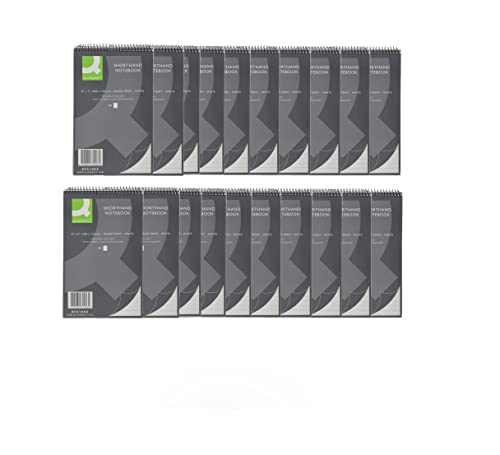Customizing the Notepad Interface: A How-To Guide
Microsoft Notepad may be a simple text editor, but it is a staple for creating and editing files in Windows. Despite its basic functionality, you can still tweak the Notepad interface to fit your preferences. In this guide, we’ll explore how to customize the Notepad interface.
Changing the Font and Font Size
If you want your Notepad text to be more readable, you can change the font and font size. To do this, click on Format in the menu bar, select Font, and choose your desired font and font size. You can also choose Bold and Italic styles if you prefer.
It is worth noting that Notepad does not support all fonts, so you may need to experiment with different options. Additionally, changing the font and size will impact all future Notepad documents unless you revert to the default settings by choosing Format > Font > Defaults.
Customizing the Status Bar
The Status Bar in Notepad displays helpful information while you’re working on a document. You can customize the Status Bar by right-clicking on it and selecting the items you want to display or hide. Some of the options include Line Number, Column Number, and Character Count. You may also change the order of items by dragging and dropping them.
Adjusting Notepad Preferences
Notepad has some default preferences that you may want to change. For example, by default, Notepad does not word wrap text, which may cause lines to extend beyond the edge of the screen. To enable word wrap, go to Format > Word Wrap. You can also set your preferred tab size, select a default encoding format, and choose how you want Notepad to handle line endings.
Installing Notepad Plugins
One of the most exciting ways to customize the Notepad interface is by installing plugins. Plugins add new functionalities to Notepad, such as syntax highlighting for programming languages or additional text formatting options. You can browse and download Notepad plugins from third-party websites like Notepad++ or the Microsoft Store. Once you’ve downloaded a plugin, save it to the Plugins folder in the Notepad installation directory, and it will automatically appear in the Plugins menu.
Customizing the Notepad interface can make your text editing tasks more efficient and enjoyable. From changing the font to installing plugins, there are many ways to make Notepad work for you.






